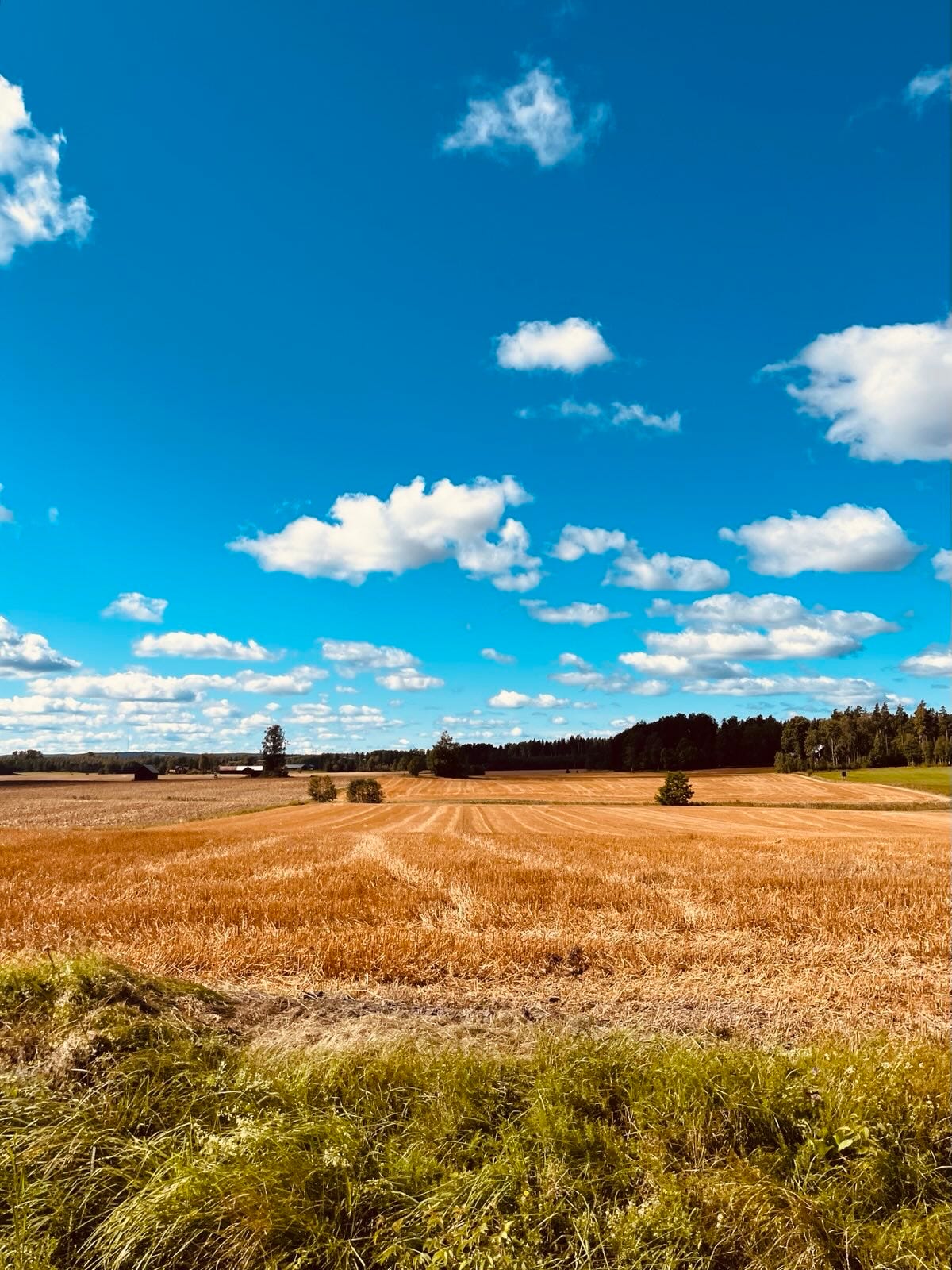Why We Crave Sweetness – and What the Body Really Wants
How the Earth element and its flavor support Spleen and Stomach, calm the Liver, and moisten the Lungs.
The Sweet Flavor in Chinese Medicine
When we hear the word “sweet,” we often think of sugar, chocolate, or desserts.
But in Chinese medicine, the sweet flavor means something different: the gentle, natural sweetness found in rice, grains, root vegetables, and fruit.
Sweetness belongs to the Earth element – the Spleen and Stomach, our body’s center. The flavor nourishes, harmonizes, and softens. It builds Qi and Blood, but in excess it can make us heavy, tired, and produce dampness.
Earth and the Sweet Flavor
When the Spleen is strong, we have stable energy, clearer thinking, and an inner sense of security.
When it is weak, there is often a craving for sweets – a paradox where Earth asks for more of what in the long run only weakens it further. We eat to cope, but end up more exhausted.
Children are also born with a very weak Earth. Their digestion needs to be built up step by step and cannot handle too much, too soon. This is why, traditionally, the first food given to infants was the simplest of all: a thin rice porridge, congee – sometimes for a whole month – in order to slowly strengthen the center and create a stable foundation.
The same principle applies to adults: when Earth is weak, it needs gentleness, rhythm, and simplicity in order to regain its strength.
Want to read further?
Here I share how the sweet flavor also affects the Liver and the Lungs – and how we can use it therapeutically in cases such as PMS, irritability, or dry cough. I also include a classic recipe for rice congee with pear.
The full text is available to all paying subscribers.
Keep reading with a 7-day free trial
Subscribe to Rhythms and root to keep reading this post and get 7 days of free access to the full post archives.



